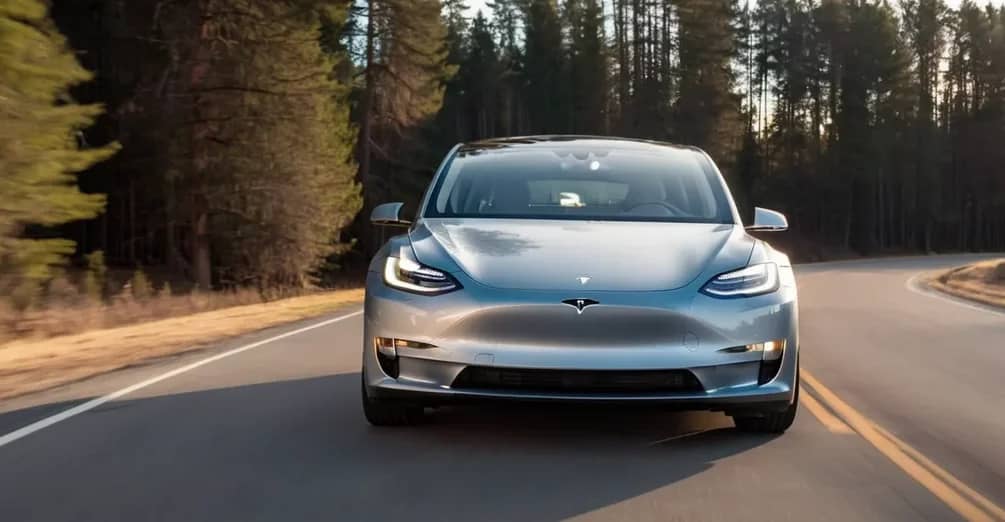The Evolution of the Electric Car Horn: From Noise Polluter to Silent Guardian
The familiar blare of a car horn is a sound that permeates daily life, from the bustling streets of urban centers to the quiet country backroads. For over a century, the car horn has served as an essential safety feature in vehicles across the globe. But while traditional horns are effective at grabbing attention, they have also been decried as a major contributor to noise pollution.
In recent years, however, a revolutionary innovation has emerged in the form of the electric car horn, providing motorists with a silent new way to communicate on the road.
As this groundbreaking technology continues to gain traction, it promises to transform the driving experience as we know it.
The origins of the automobile horn can be traced back to 1908, when the first hand-squeezed bulb horns were introduced. These early horns used a rubber bulb and metal trumpet to create a warning sound when compressed by the driver. But they had limited volume and reliability. The advent of the electric horn in 1910 proved to be a major turning point.

Activated by a button rather than a manual squeeze, these horns employed an electromagnet to vibrate a diaphragm and create a louder, more consistent honking sound. For the first time, an affordable and effective warning system was available.
Electric horns swiftly became standard equipment in most vehicles, mandated by law in many places. Over the decades, horns evolved from single trumpet tones to pairings of high and low frequency horns. Designs shrank in size while output increased. Despite these advancements, the core purpose remained the same – a loud, attention-seizing alert. But in recent years, a new generation of horns has quietly risen to challenge the dominance of their noisy predecessors.
While early electric horns represented progress, their blaring, discordant sound meant they contributed significantly to noise pollution, especially in congested urban areas. Exposure to these loud noises has been linked to hearing loss and stress-related health issues.
By the 1990s, some European cities had begun implementing nighttime horn bans in response to rising noise complaints. Out of this shift toward noise reduction emerged the first electric car horns.
Rather than using mechanical compression, these horns took advantage of an electric vehicle’s onboard battery to power an oscillating transducer. The result was a markedly quieter tone that could still effectively notify pedestrians and other drivers of the vehicle’s presence. Another major advantage was the ability to create customizable sounds.
While traditional horns were limited to a single tone, the new electric horns offered a diverse range of chimes, beeps, even melodies. Vehicles could now have a unique horn voice.
For automakers, this greater control over horn sound also presented new opportunities to enhance safety. Sounds could be tailored to have optimal directional focus, emitting toward the hazard rather than blasting out indiscriminately. By designing sounds specifically for acoustic penetration versus wide broadcast, electric horns enabled more precise communication. Quieter output also reduced the risk of startling other motorists and causing accidents.
While initially slower to gain acceptance, the transformative potential of electric car horns is driving rapid mainstream adoption today. Industry research predicts the global electric horn market will swell from $450 million in 2020 to over $900 million by 2027.
Several factors account for this immense growth:
Now offered by most leading automakers, electric horns have carved out a sizable portion of the market, accounting for 35% of horn sales in 2020. As electric vehicles themselves continue to gain popularity worldwide, adoption of onboard electric horns is projected to rise in tandem. The shift is also being reinforced by legislation, with countries like Norway enacting laws requiring the use of electric horns at night to reduce noise disturbances.
The integration of electric horns into modern vehicles is transforming the way motorists interact with the world around them. Here are some exciting frontiers in this emerging field of technology:
Enhanced Customization: From basic chimes to custom voice messages, the scope of personalization with electric horns is continually expanding. Expect more ways to tailor horn sounds to driver preferences.
Vehicle-to-Vehicle Communication: Electric horns may one day enable vehicles to exchange data, wirelessly communicating information like speed, direction and braking status to surrounding cars.
Artificial Intelligence Integration: As vehicles become more autonomous, AI systems will likely control electric horn use for smooth, smart communication with pedestrians and other motorists.
Noise-Cancelling Technology: Next-gen sound dampening materials can minimize horn noise that does spill outside the vehicle, for quiet operation even with open windows.
While conventional air horn technology will continue to have a place on roads for years to come, the electric horn stands poised to redefine our expectations of in-vehicle communication. The potential to drastically reduce noise pollution while enhancing safety means electric horns can transform from a nuisance to indispensable safety tools. The silent horns of tomorrow promise a future where we can honk less and be heard more.